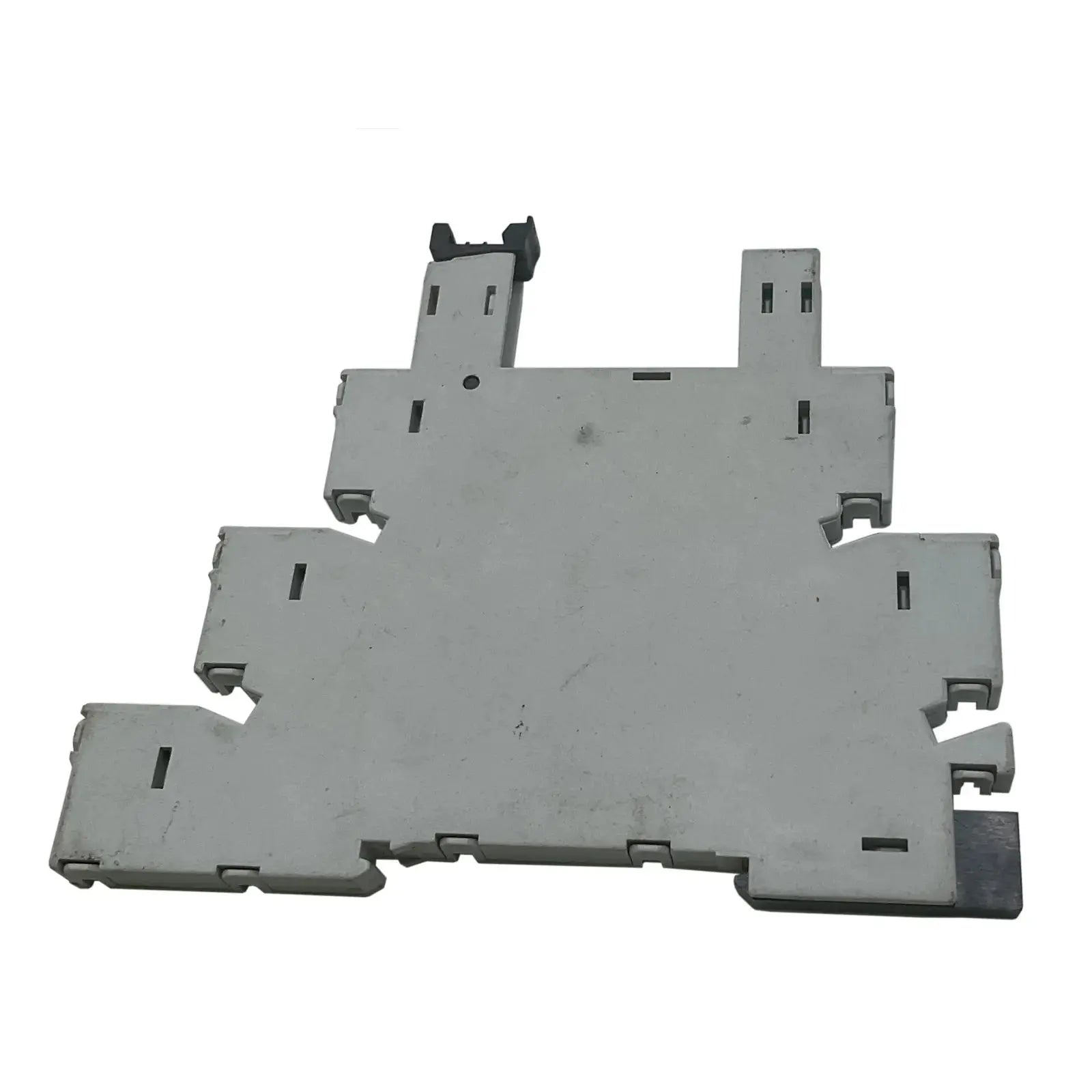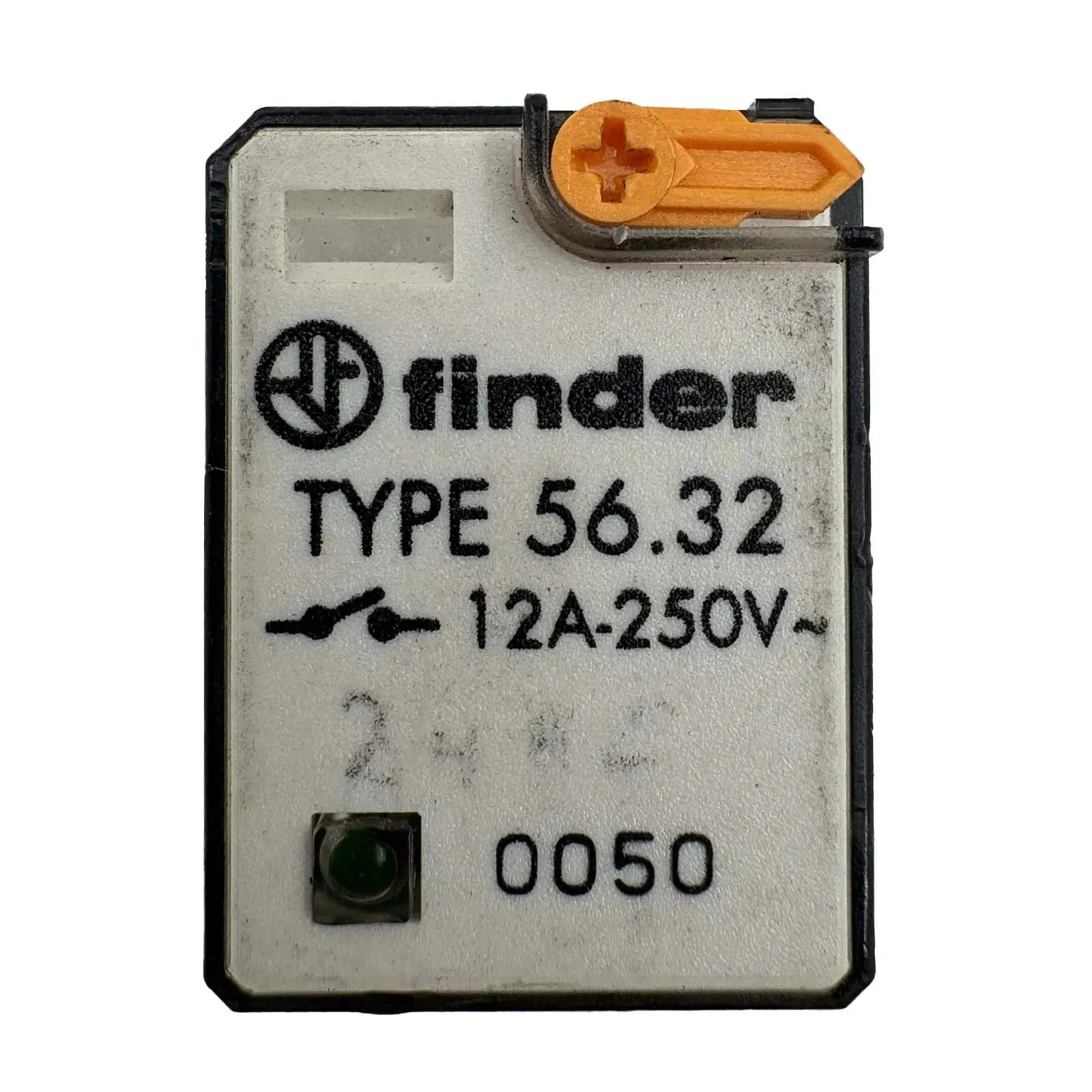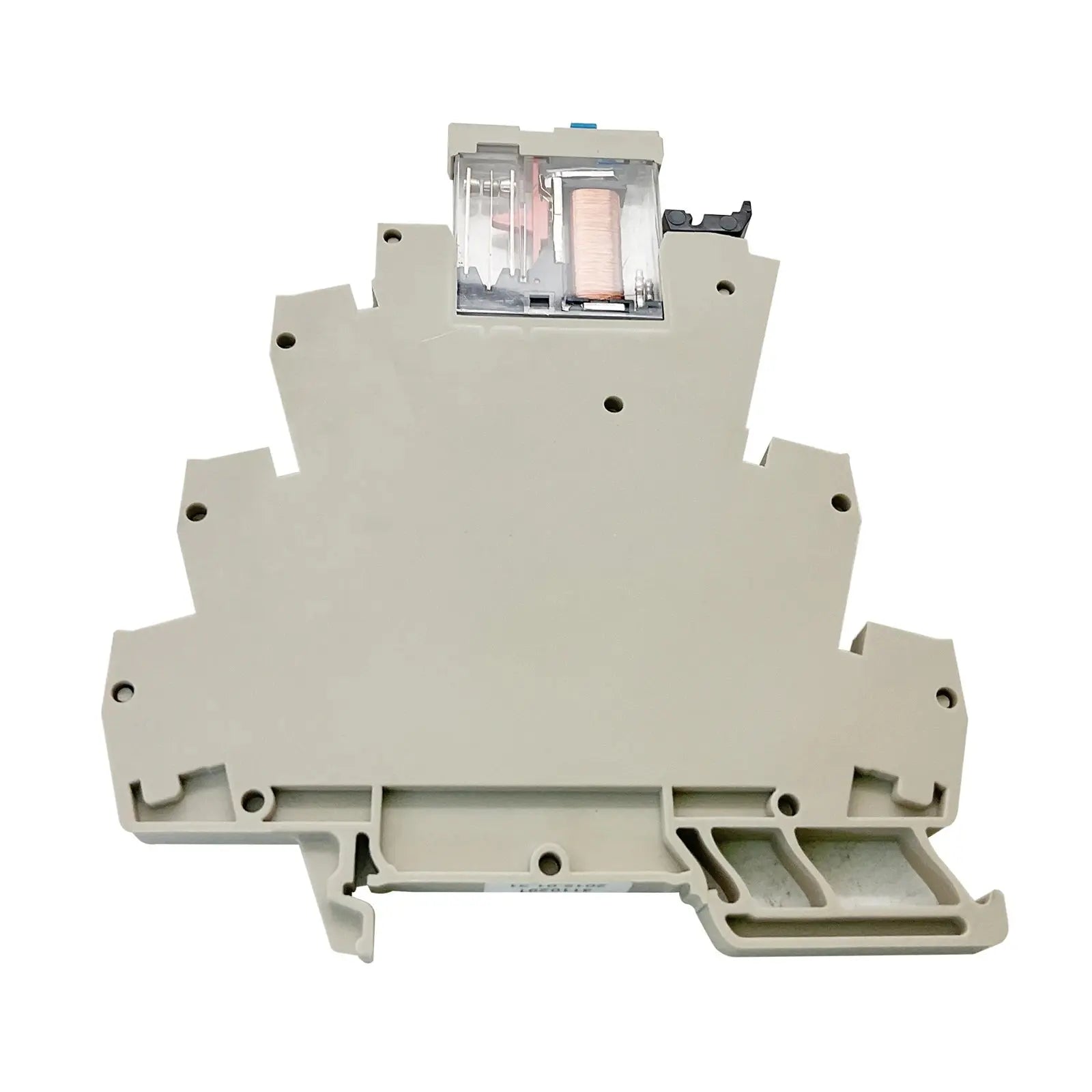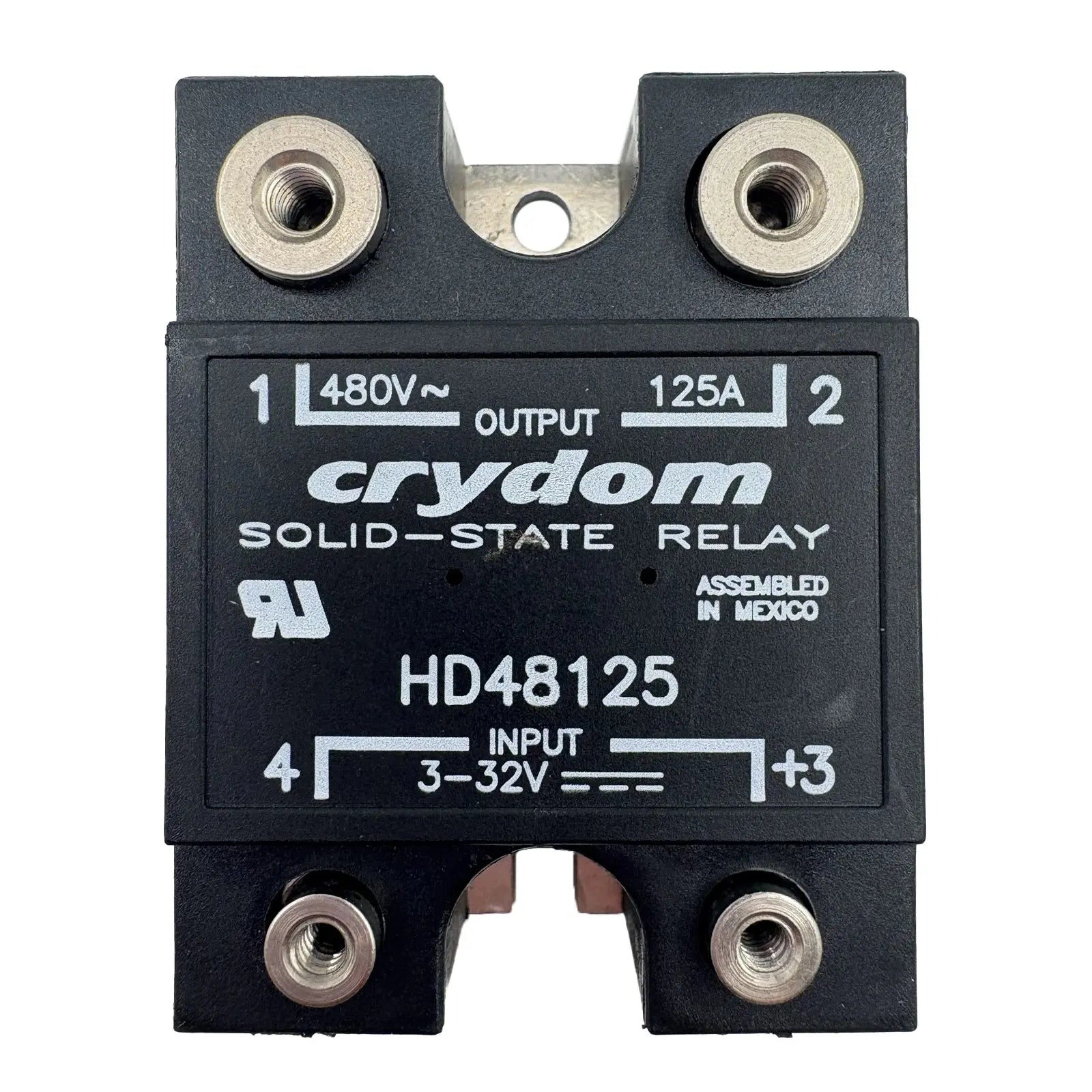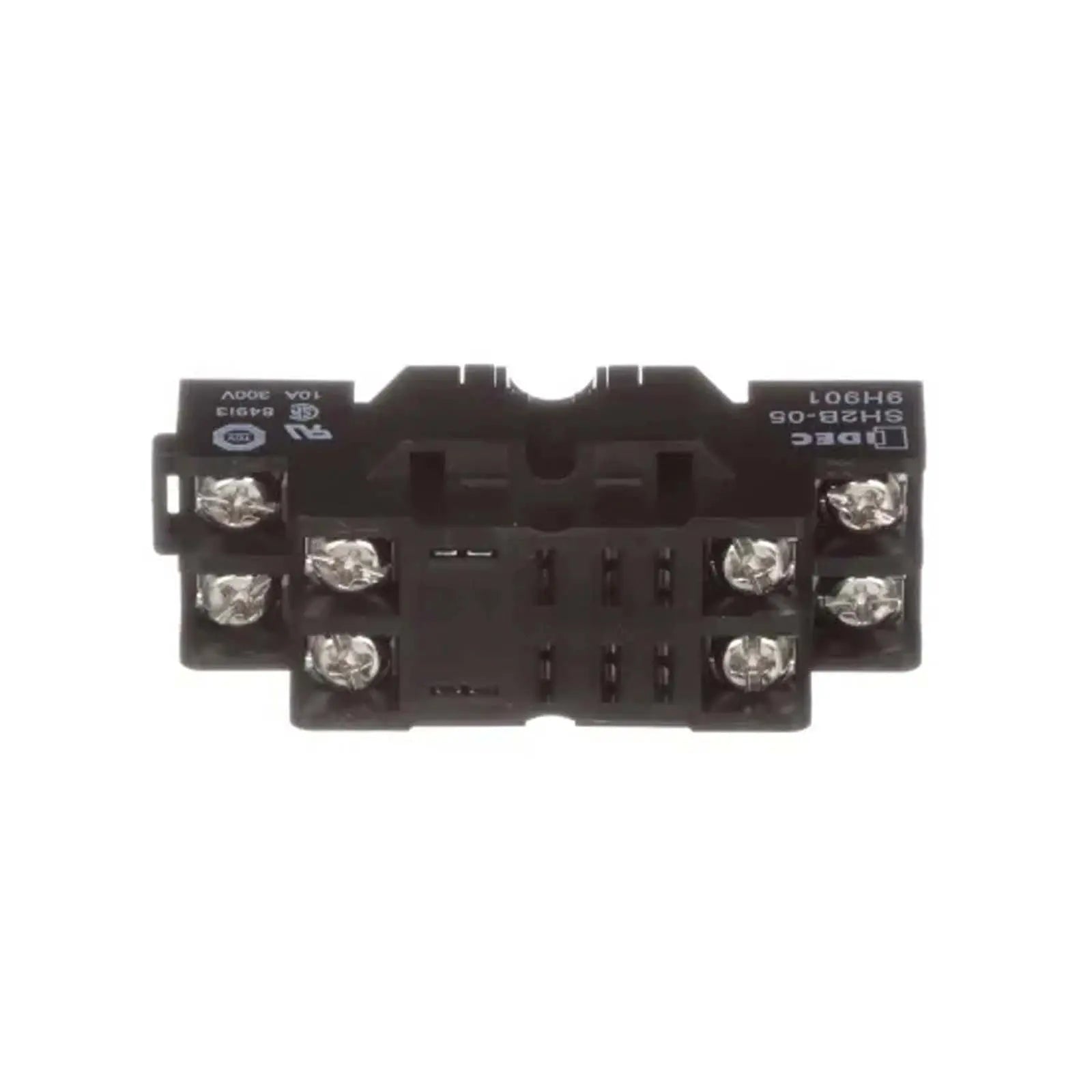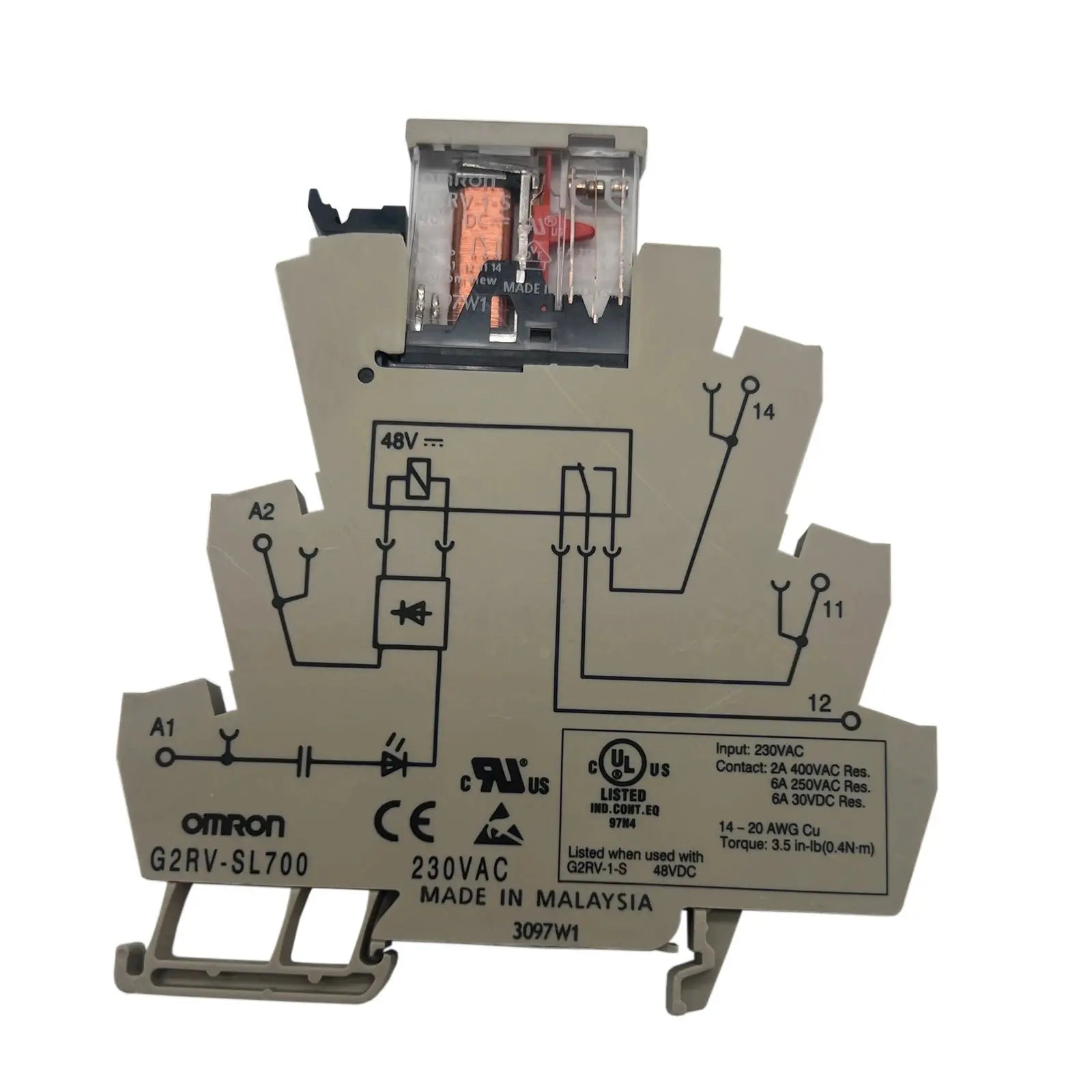Relais pour la distribution d'énergie : solutions efficaces de gestion de l'énergie
Dans le monde de la distribution et de la gestion de l'énergie, les relais jouent un rôle crucial pour garantir un fonctionnement efficace et sûr des systèmes électriques. En agissant comme des interrupteurs, ils contrôlent le flux électrique, permettant une distribution optimale sur les différents circuits électriques. Comprendre l'importance des relais et leurs avantages en gestion de l'énergie peut considérablement améliorer l'efficacité, la sécurité et le contrôle globaux des systèmes de distribution d'énergie.
Comprendre le rôle des relais dans la distribution d'énergie
Les relais sont des dispositifs électriques conçus pour contrôler les circuits électriques en ouvrant ou en fermant des contacts en fonction de signaux électriques. Dans la distribution d'énergie, les relais sont des composants clés qui protègent les équipements électriques en isolant les sections défectueuses des circuits électriques. Ils constituent la première ligne de défense contre les surcharges, les courts-circuits et autres défauts électriques pouvant survenir dans le système.
La fonction principale des relais consiste à recevoir des signaux électriques provenant de panneaux de commande ou de capteurs et à les utiliser pour commuter les contacts du circuit. Cela permet au relais de contrôler le flux électrique et d'assurer une distribution efficace de l'énergie aux composants requis.
Fonction de base des relais
Les relais se composent essentiellement d'une bobine électromagnétique, d'un ensemble de contacts et d'un mécanisme de connexion et de déconnexion mécanique des contacts. Lorsqu'un signal électrique est reçu par la bobine, celle-ci génère un champ magnétique qui provoque la fermeture ou l'ouverture des contacts, selon la conception et la fonction du relais.
Grâce à ce principe électromagnétique, les relais permettent de contrôler des circuits haute puissance avec des signaux de commande basse puissance. Cela permet une gestion efficace de l'énergie en séparant la section de commande de la section de puissance à courant élevé.
Types de relais utilisés dans la distribution d'énergie
Il existe différents types de relais utilisés dans les systèmes de distribution d'énergie, chacun ayant une fonction spécifique. Voici quelques exemples courants :
Relais électromécaniques : Ces relais fonctionnent grâce à une bobine électromagnétique qui commute mécaniquement les contacts. Ils sont largement utilisés depuis de nombreuses années en raison de leur fiabilité et de leur robustesse.
Relais statiques : Contrairement aux relais électromécaniques, les relais statiques utilisent des éléments de commutation à semi-conducteurs pour contrôler le flux électrique. Ils offrent des avantages tels qu'une vitesse de commutation plus rapide, une durée de vie plus longue et une meilleure résistance aux vibrations et aux chocs.
Relais de surcharge thermique : Ces relais sont conçus pour protéger les moteurs contre la surchauffe en interrompant le circuit lorsqu'une chaleur excessive est détectée. Ils jouent un rôle crucial dans la prévention du grillage des moteurs et la longévité des équipements.
Relais temporisés : Ils servent à retarder la commutation des circuits, permettant ainsi un séquençage ou un contrôle précis. Ils sont couramment utilisés dans les applications nécessitant une synchronisation précise, comme dans les systèmes d'automatisation et de contrôle industriels.
Importance des relais dans les systèmes électriques
Les relais sont de la plus haute importance dans les systèmes électriques pour diverses raisons :
Protection : Les relais protègent les équipements coûteux et sensibles en isolant les sections défectueuses des circuits. Ils préviennent les dommages causés par les surcharges, les courts-circuits et autres défauts électriques pouvant entraîner une panne des équipements. Cette protection assure la fiabilité et la longévité du système de distribution électrique.
Sécurité : En isolant efficacement les défauts, les relais contribuent à la sécurité globale des systèmes électriques. Ils minimisent les risques d'incendies, de chocs électriques et autres dangers liés aux défauts électriques. Cette protection s'étend non seulement aux équipements, mais aussi au personnel travaillant à proximité du système.
Contrôle et automatisation : Les relais permettent un contrôle et une automatisation précis des systèmes de distribution d'énergie. Ils permettent le fonctionnement à distance, le contrôle par rétroaction et l'intégration à des systèmes de contrôle avancés, améliorant ainsi l'efficacité globale du système. Capables de surveiller et de réagir aux signaux électriques, les relais jouent un rôle essentiel dans l'optimisation de la distribution d'énergie et le bon fonctionnement de divers processus industriels.
Flexibilité et adaptabilité : Les relais offrent une grande flexibilité aux systèmes de distribution d'énergie, car ils peuvent être facilement remplacés ou reconfigurés pour s'adapter à l'évolution des besoins du système. Cette adaptabilité permet des mises à niveau, des modifications et des extensions efficaces pour répondre à l'évolution des besoins énergétiques.
Alors que les systèmes de distribution d'énergie continuent d'évoluer, le rôle des relais demeure essentiel pour maintenir l'intégrité, la sécurité et l'efficacité des réseaux électriques. Leur capacité à contrôler et à protéger les circuits électriques en fait des composants indispensables du réseau complexe de distribution d'énergie.
Avantages de l'utilisation de relais pour la gestion de l'alimentation
Les relais offrent plusieurs avantages en matière de gestion de l’énergie :
Améliorer l'efficacité de la distribution d'énergie
En contrôlant efficacement le flux électrique, les relais contribuent à optimiser la distribution de l'énergie dans divers circuits électriques. Ils garantissent que l'énergie est dirigée là où elle est nécessaire, évitant ainsi le gaspillage et améliorant l'efficacité globale.
Par exemple, dans une grande installation industrielle, des relais peuvent être utilisés pour prioriser l'alimentation électrique des équipements critiques pendant les périodes de pointe. Cela garantit la continuité des opérations essentielles tandis que les systèmes non essentiels sont temporairement mis hors tension, réduisant ainsi la consommation et les coûts énergétiques.
De plus, les relais permettent une commutation sélective, permettant d'isoler les sections défectueuses tout en maintenant l'alimentation électrique des zones non affectées. Cela améliore la fiabilité du système et minimise les temps d'arrêt. Dans un réseau électrique complexe, les relais peuvent identifier et isoler rapidement une section défectueuse, évitant ainsi que l'ensemble du système ne soit affecté et réduisant le temps nécessaire au dépannage et aux réparations.
Améliorer la sécurité et la protection
Le rôle protecteur des relais est indéniable. En détectant et en isolant rapidement les défauts électriques, les relais préviennent les dommages aux équipements précieux et réduisent les risques d'accidents électriques tels que les incendies ou les chocs électriques.
Les relais contribuent également à la sécurité des opérateurs en permettant le fonctionnement et le contrôle à distance. Le personnel peut contrôler les circuits et surveiller les systèmes électriques à distance, minimisant ainsi l'exposition aux dangers potentiels. Ceci est particulièrement utile dans les environnements à haut risque tels que les sous-stations ou les environnements industriels dangereux.
De plus, les relais peuvent être intégrés à des systèmes de protection avancés qui utilisent des algorithmes sophistiqués pour détecter les conditions anormales, telles que les surintensités ou les fluctuations de tension. Lorsque de telles conditions sont détectées, les relais peuvent déclencher automatiquement des mesures de protection, comme la déconnexion du circuit concerné ou l'activation de sources d'alimentation de secours, garantissant ainsi la sécurité des équipements et du personnel.
Faciliter le contrôle et l'automatisation du système
Les relais font partie intégrante des systèmes de contrôle avancés et de l'automatisation de la distribution d'énergie. Ils permettent une intégration transparente avec les automates programmables (API) et autres dispositifs de contrôle, permettant une surveillance, une régulation et une analyse des défauts sophistiquées.
Face à la demande croissante de technologies de réseaux intelligents, les relais jouent un rôle crucial pour améliorer le contrôle, la communication et la gestion des systèmes électriques. Ils fournissent des données et des signaux de contrôle essentiels à une distribution d'énergie efficace et à la gestion de la demande.
Par exemple, les relais peuvent être utilisés en conjonction avec des systèmes de gestion de l'énergie pour surveiller et contrôler la consommation d'énergie des différents appareils d'un bâtiment. Cela permet un délestage intelligent pendant les périodes de pointe, réduisant ainsi la pression sur le réseau électrique et favorisant l'efficacité énergétique.
De plus, les relais dotés de fonctions de communication peuvent transmettre des données en temps réel sur la consommation électrique, les niveaux de tension et l'état du système à un centre de contrôle central. Cela permet aux opérateurs de prendre des décisions éclairées concernant l'équilibrage de la charge, la planification de la maintenance et l'optimisation du système.
Considérations clés dans la sélection des relais pour la distribution d'énergie
Lors de la sélection des relais pour les systèmes de distribution d'énergie, plusieurs facteurs doivent être pris en compte :
Valeurs nominales et spécifications des relais
Les caractéristiques nominales des relais, telles que la tension, le courant et la puissance admissible, doivent être conformes aux exigences du réseau électrique. Il est crucial de choisir des relais capables de gérer les charges et les courants de défaut prévus sans surchauffe ni dégradation des performances.
Par exemple, dans les applications haute tension, des relais de tension nominale plus élevée sont nécessaires pour garantir un fonctionnement sûr et fiable. De même, dans les systèmes à courants de défaut élevés, des relais dotés de capacités de gestion du courant robustes sont essentiels pour prévenir les dommages et assurer la continuité de la distribution électrique.
De plus, il convient de prendre en compte la capacité de commutation des contacts des relais afin de garantir leur capacité à gérer les courants d'appel ou transitoires associés lors des commutations. Ceci est particulièrement important dans les applications impliquant des moteurs de grande puissance ou des charges capacitives, car ces derniers peuvent générer des courants d'appel élevés, susceptibles de dépasser la capacité de commutation du relais s'ils ne sont pas pris en compte avec soin.
Facteurs environnementaux et opérationnels
L'environnement de fonctionnement des relais doit être pris en compte pour garantir leur fiabilité et leur longévité. Des facteurs tels que la température, l'humidité, les vibrations et la poussière peuvent influencer leurs performances et leur durée de vie.
Par exemple, dans les environnements industriels difficiles où les fluctuations de température et les vibrations excessives sont fréquentes, des relais robustes et dotés d'une protection renforcée contre les facteurs environnementaux sont recommandés. Ces relais sont conçus pour résister à des conditions extrêmes, garantissant un fonctionnement fiable et minimisant les risques de défaillance prématurée.
De plus, les relais doivent être facilement accessibles pour la maintenance ou le remplacement. La facilité d'installation, l'accessibilité et la disponibilité des pièces de rechange doivent être prises en compte lors du choix des relais pour les systèmes de distribution d'énergie. Cela permet de minimiser les temps d'arrêt lors des opérations de maintenance ou de remplacement, garantissant ainsi une alimentation électrique ininterrompue.
Considérations relatives aux coûts et à la maintenance
Bien que le coût soit un critère important, il ne doit pas être le seul facteur déterminant lors du choix de relais pour les systèmes de distribution d'énergie. Les relais doivent être choisis en fonction de leur valeur globale et de leur fiabilité, en tenant compte de facteurs tels que les exigences de maintenance, la durée de vie et les coûts potentiels d'arrêt liés à une défaillance.
Investir dans des relais de haute qualité, nécessitant un entretien minimal et dotés d'une longue durée de vie, peut générer des économies substantielles à long terme. Ces relais réduisent non seulement la fréquence des opérations de maintenance, mais minimisent également le risque de pannes imprévues et les coûts liés aux temps d'arrêt et aux réparations.
La prise en compte de ces facteurs lors du processus de sélection garantit que les relais choisis offrent un équilibre optimal entre coût, fiabilité et performances. Une évaluation minutieuse des caractéristiques nominales des relais, des facteurs environnementaux et des exigences de maintenance permet d'équiper les systèmes de distribution d'énergie de relais répondant à leurs exigences spécifiques et garantissant un fonctionnement fiable et efficace.
Tendances futures en matière de distribution et de gestion de l'énergie
Alors que le domaine de la distribution et de la gestion de l’énergie continue d’évoluer, les relais devraient jouer un rôle encore plus important pour garantir des systèmes électriques efficaces et fiables :
Progrès technologiques dans la conception des relais
Les progrès constants de la technologie des relais conduisent au développement de relais plus efficaces, plus compacts et plus intelligents. De nouveaux matériaux et des améliorations de conception améliorent les performances des relais, réduisent les pertes de puissance et optimisent leurs capacités opérationnelles.
Les relais intelligents équipés de fonctionnalités avancées de surveillance et de communication deviennent de plus en plus courants, permettant une surveillance en temps réel, un diagnostic des pannes et une maintenance prédictive.
Impact des sources d'énergie renouvelables sur l'utilisation des relais
L'essor des énergies renouvelables, telles que l'énergie solaire et éolienne, pose de nouveaux défis aux systèmes de distribution d'électricité. Les relais joueront un rôle essentiel dans l'intégration de ces sources d'énergie intermittentes au réseau, la gestion des fluctuations de puissance et la garantie de la stabilité du réseau.
Les relais devront s’adapter pour gérer les exigences et les complexités uniques associées aux systèmes d’énergie renouvelable, telles que la régulation de la tension, la correction du facteur de puissance et la coordination efficace avec les dispositifs de stockage d’énergie.
Le rôle des relais dans la technologie des réseaux intelligents
Les progrès des technologies de réseaux intelligents transforment la gestion et le contrôle des systèmes électriques. Les relais joueront un rôle essentiel dans le développement des réseaux intelligents, facilitant la communication bidirectionnelle, la gestion de la demande et la surveillance de l'énergie en temps réel.
Les relais intelligents dotés de protocoles de communication avancés et de capacités d'analyse du réseau permettront une gestion efficace de la charge, une maintenance prédictive et une identification et une isolation efficaces des défauts.
Alors que les systèmes de distribution d'énergie visent une efficacité, une fiabilité et une intégration accrues des énergies renouvelables, le rôle des relais dans la gestion de l'énergie restera indispensable. En comprenant les avantages et les considérations associés aux relais, les ingénieurs et les concepteurs peuvent prendre des décisions éclairées pour optimiser les systèmes de distribution d'énergie et bâtir un avenir plus durable et plus efficace.
Besoin de commandes en gros ou de recommandations d'experts sur PD-BR ?
Vous souhaitez commander des PD-BR en gros ou avez besoin d'aide pour choisir la solution industrielle idéale ? Notre équipe est là pour vous aider avec des devis personnalisés, des recommandations de produits et des conseils techniques. Que vous soyez électricien, entrepreneur ou chef d'entreprise, nous proposons des solutions sur mesure pour répondre à vos besoins.
📩 Contactez-nous ou discutez avec nous en direct pour une assistance instantanée !
Découvrez notre collection mensuelle d'offres de folie !
Profitez de réductions exceptionnelles dans notre magasin ! Découvrez les meilleures offres :
Explorez ces catégories maintenant et profitez des meilleures offres avant qu'elles ne disparaissent !
-
Tous les produits de notre gamme – Des produits de qualité supérieure sélectionnés avec soin pour vous.
-
Meilleures ventes – Articles préférés des clients et articles très demandés.
-
Offres spéciales et soldes Watts – Remises à durée limitée sur des produits incontournables.
-
Watts New – Nouveautés et dernières innovations.
-
Toutes les collections – Explorez tout ce que nous avons à offrir.
Explorez ces catégories maintenant et profitez des meilleures offres avant qu'elles ne disparaissent !
N'oubliez pas de consulter nos remises massives jusqu'à épuisement des stocks !

















